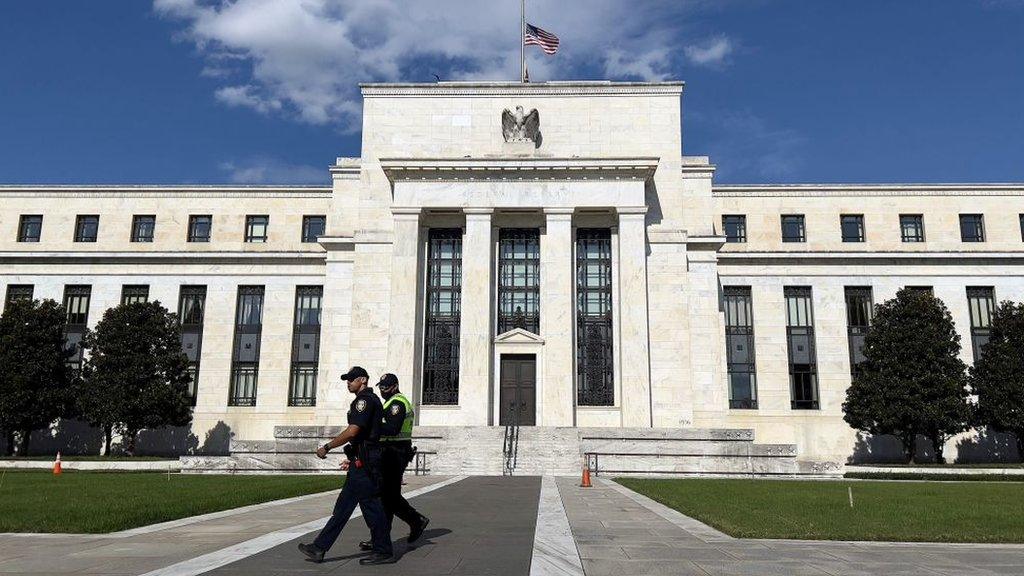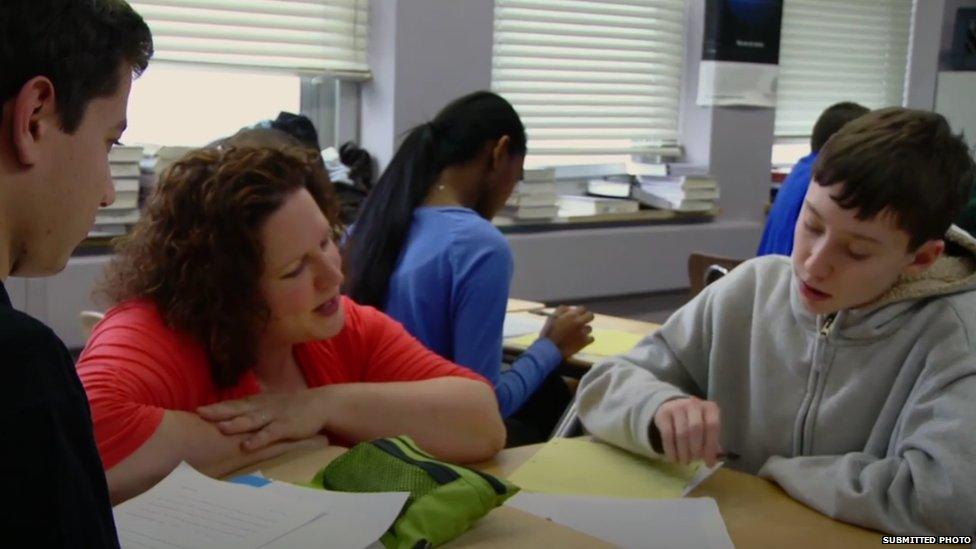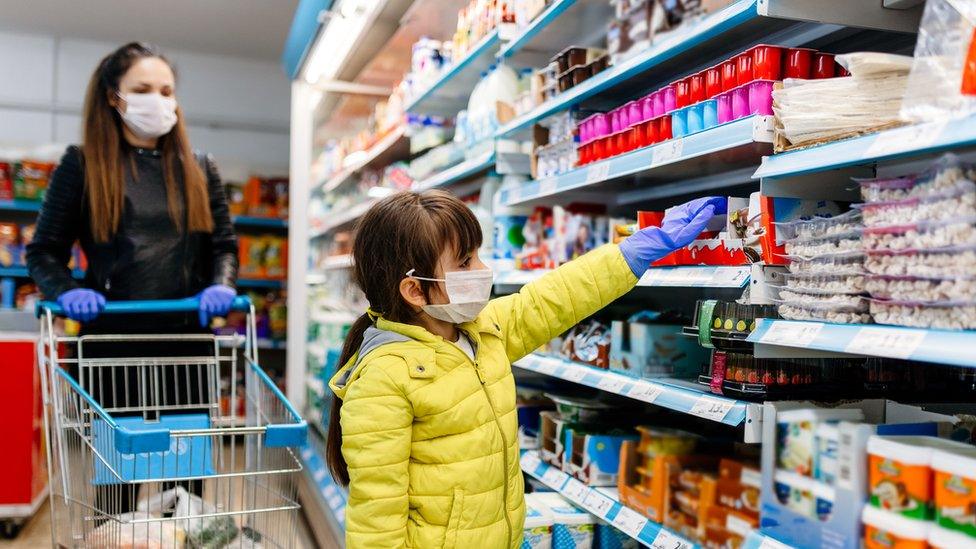Hiring slows in US after record year of job gains
- Published

Hiring in the US slowed last month, as firms struggled to hire workers and continued to grapple with the effects of coronavirus.
Employers hired just 199,000 people in December, a second month of weaker than expected gains.
But the jobless rate dropped sharply to 3.9% and wages rose, the Labor Department said.
The mixed data, which was collected before Omicron's full force was felt, follows a record year of jobs growth.
"For a second straight month, we have conflicting pictures emerging," said Mark Hamrick, senior economic analyst at Bankrate.com. "This report appears to reflect the state of play before the worst impacts of the Omicron variant hit the economy."
"We will have to wait until the following report, covering the job market picture in January, to get a clearer picture," he added.
The US added more than 6.4 million jobs in 2021, regaining many of the positions lost at the height of the pandemic in 2020.
Though total employment remains about 3.6 million lower than its pre-pandemic level - and far lower than it would have been if Covid had not struck - many signs point to a strong economy.
A record 4.5 million Americans quit jobs in November - a sign of confidence in the labour market - and more than 10 million positions stand open, the government reported this week. Jobless claims have dropped to a near 50-year low.
"I could hire three full-timers and one part-timer on the spot," said Konstantinos Tsoulos, owner of Brothers Bagels in Brooklyn, New York.
In September, he decided to close the shop on Mondays due to the staff shortage. He said he has not had a single person inquire about a job.
"I've been in business almost 35 years and I've never seen anything like it," he said.

December's job gains were felt across most industries, led by leisure and hospitality. The unemployment rate fell to 3.9% from 4.2%, while average hourly earnings were up 4.7% year-on-year.
US President Joe Biden called the figures "historic", saying they reflected an economy back on its feet thanks to a flood of government spending championed by his administration.
Wells Fargo economist Sarah House said future growth would be determined by worker availability.
"December's report underscored that workers are only likely to trickle back into the jobs market as reasons for sitting out, like financial cushions, health concerns and childcare issues do not unwind all at once," she said.
The labour shortages have helped to push inflation in the US to its highest rate in almost 40 years.
In response, America's central bank has signalled it plans to start removing support for the economy, raising interest rates potentially as soon as March.
But the emergence of the Omicron variant has complicated the outlook for the economy.
The virus has been blamed for widespread worker absences in recent weeks, prompting the cancellation of thousands of flights, the closure of major school districts and strains on hospitals, transport systems and other businesses.
Mr Tsoulos said his business has been holding on thanks to patronage from neighbourhood families. But he is worried by the shift to remote working, which has cut into his commuter business and the catering orders he used to receive from offices.
"Everybody was touting that the downtown office buildings would open after Labor Day and nothing happened. Then they said January and it's almost mid-January," he said. "Now they're talking June."
Related topics
- Published16 December 2021

- Published21 December 2021

- Published10 December 2021
